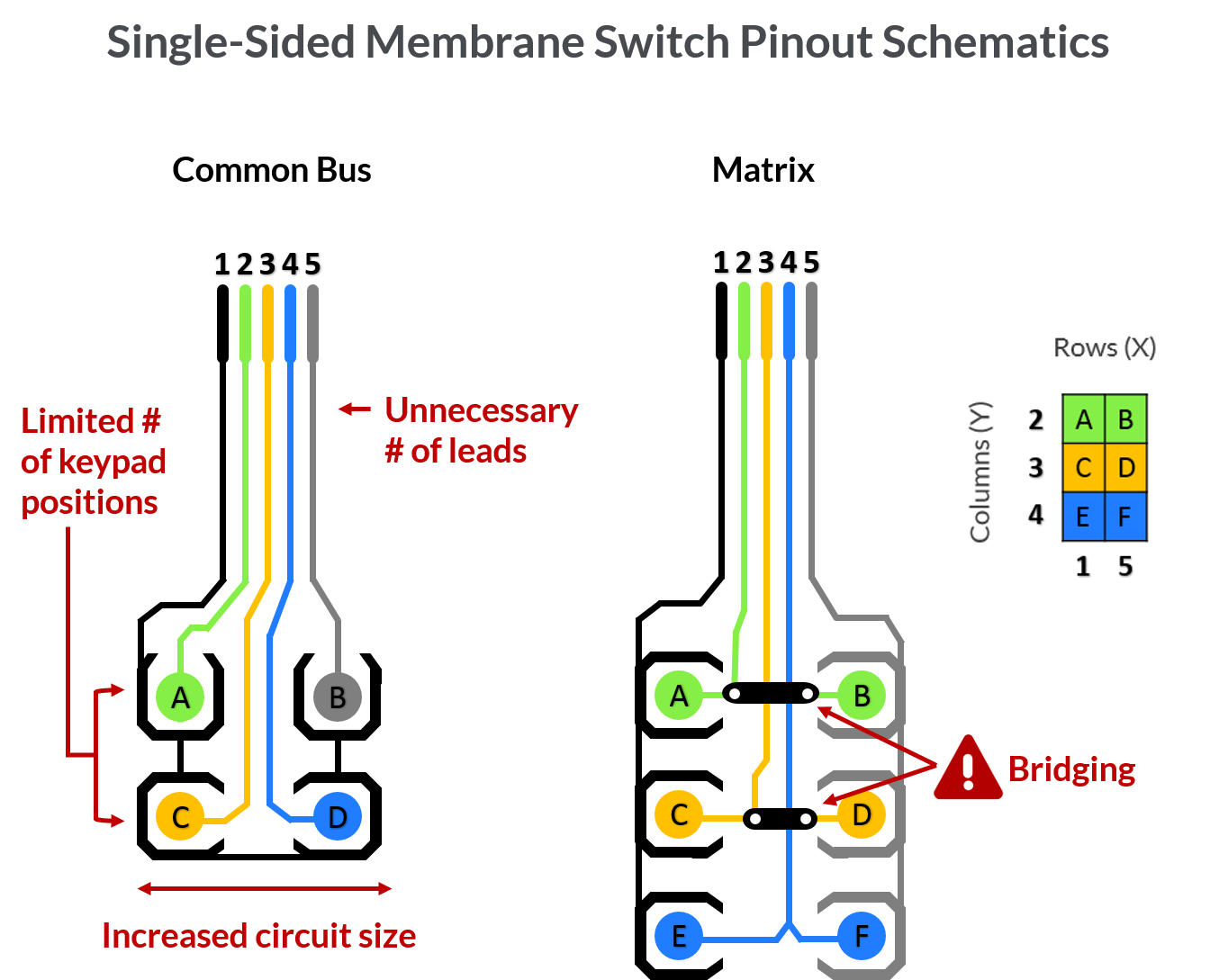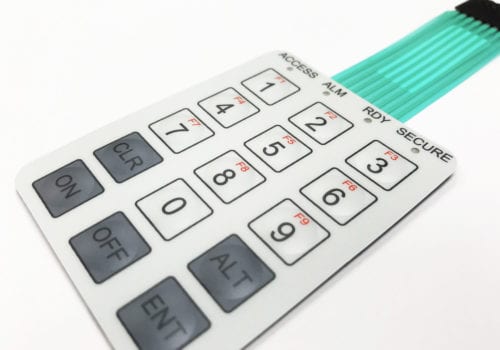The Impact of Membrane Switches on User Interface and Device Functionality
The Impact of Membrane Switches on User Interface and Device Functionality
Blog Article
Comprehending Membrane Switches: The Secret to Durable and Reputable Controls
Membrane layer switches stand for an important facet of contemporary user interface style, mixing performance with durability in different applications. As we discover the ins and outs of membrane layer switches, it comes to be clear that their duty in boosting control systems is both profound and complicated, raising inquiries about exactly how ideal to utilize their abilities in future innovations.
What Are Membrane Layer Switches?
Membrane layer buttons are a sophisticated service in the world of individual interface modern technology, combining performance and layout seamlessly. These gadgets act as an interface between users and electronic systems, integrating a number of components into a compact format. Usually created from versatile, thin layers of materials, membrane buttons are designed to react to touch, making it possible for users to engage with machinery and electronic tools successfully.
The main aspects of a membrane button consist of a published circuit layer, graphic overlay, and a spacer layer that avoids unintentional activation. The graphic overlay can be tailored to reflect brand name identification or customer choices, improving appearances while guaranteeing usability. Membrane layer buttons are generally made use of in different applications, including medical tools, customer electronic devices, and industrial devices, owing to their durability and resistance to ecological variables such as wetness and dust.
One of the vital benefits of membrane buttons is their capability to stand up to wear and tear, making them perfect for high-traffic atmospheres. In addition, they are light-weight and need minimal room, enabling ingenious layouts in product development. Overall, membrane switches over represent a practical and reliable selection for modern digital interfaces, weding modern technology with user-centric layout concepts.

How Membrane Changes Job
The procedure of membrane switches joints on a basic yet reliable system that translates user input into digital signals. When an individual presses the switch, the top layer flaws, enabling a conductive component in the circuit layer to make call with an equivalent conductive pad on the underside of the graphic overlay.
The design of membrane layer switches can differ, yet they typically include domes or tactile components to provide comments to the user, enhancing the total experience. The products made use of in membrane buttons, such as polyester or polycarbonate, add to their toughness and resistance to environmental aspects, including moisture and dust. The published circuits are normally encapsulated, which shields them from wear and tear over time.

Benefits of Membrane Buttons
One of the primary advantages of membrane layer switches is their adaptability in layout, enabling them to be customized to meet specific customer needs and aesthetic see here demands. This adaptability includes various industries, where various shapes, sizes, and shades can be utilized to enhance user communication and visual appeal.
Furthermore, membrane layer switches are known for their resilience. Created from robust materials, they are resistant to dust, wetness, and physical wear, which considerably expands their life-span compared to typical mechanical switches. This toughness makes them particularly ideal for high-traffic environments and applications needing long life.

In addition, membrane buttons use a structured profile, bring about a thinner layout that can be integrated right into various gadgets without including bulk. This function not just improves the aesthetic allure but likewise contributes to an extra ergonomic product style.

Applications of Membrane Switches
Functional and user-friendly, membrane buttons find applications across a variety of sectors, including medical tools, consumer electronic devices, and industrial tools. In the clinical field, these switches are indispensable to devices such as diagnostic tools, person surveillance systems, and infusion pumps, where dependability and simplicity of cleaning are important. Their capacity to endure severe atmospheres and preserve performance makes them optimal for such applications.
In consumer electronic devices, membrane layer buttons are utilized in items like microwaves, cleaning equipments, and remote controls - membrane switch. Their sleek design allows for intuitive interface, enhancing the overall user experience while offering resilience and resistance to use and tear
Industrial equipment also takes advantage of membrane layer buttons, specifically in control panels for equipment and automation systems. These switches provide protection against dirt and dampness, ensuring consistent efficiency in tough settings. Furthermore, their personalized features enable producers to tailor them to details functional requirements, enhancing efficiency and capability.
Choosing the Right Membrane Switch
When selecting a membrane layer button, it is important to take into consideration numerous aspects that influence performance and visit here viability for certain applications. The main considerations consist of ecological problems, responsive responses, toughness, and layout specifications.
First, evaluate the operating setting; switches revealed to wetness, chemicals, or severe temperature levels call for specific products to make sure long life and capability. Next, examine the demand for responsive comments. Relying on user interaction, some applications may benefit from a tactile action to validate activation, while others might choose a non-tactile layout for visual reasons.
Durability is another important variable; membrane switches need to be designed to endure frequent usage, impacts, and abrasion. Make sure the picked switch can endure the expected lifecycle, especially in high-usage scenarios.
Conclusion
In verdict, membrane layer switches over offer as essential parts in the style of dependable and durable control systems throughout numerous industries. The convenience of Go Here membrane layer switches enables for customized solutions that meet particular functional needs, reinforcing their value in modern-day technology.
Membrane layer switches over represent a critical element of contemporary interface layout, blending capability with durability in different applications.Membrane layer buttons are a sophisticated service in the world of user interface innovation, incorporating capability and design effortlessly. Generally built from flexible, slim layers of products, membrane buttons are created to react to touch, enabling individuals to engage with machinery and digital tools properly.
The layout of membrane switches can differ, however they commonly include domes or tactile aspects to supply comments to the customer, boosting the overall experience.In verdict, membrane layer switches over offer as essential parts in the design of durable and trusted control systems throughout different sectors.
Report this page